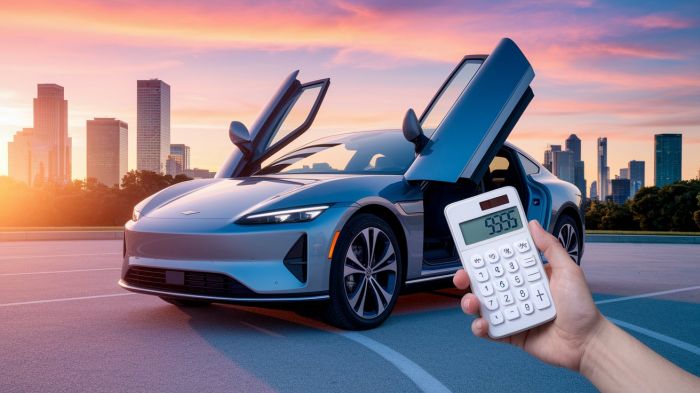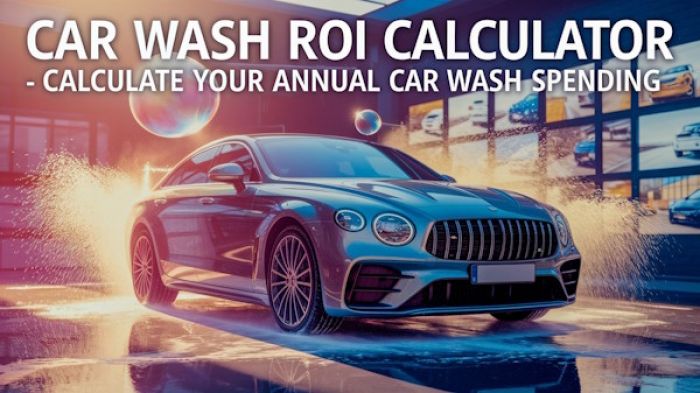Although common with many cars, you may find the check engine light of your Honda Civic on, warning you of a looming problem with the vehicle's emission control system. In some Honda Civic models, the dashboard may display the message "Emission System Problem."
Are you wondering what the "Emission System Problem" means?
Emission system problem message highlights
- Common reasons:catalytic converter problems, oxygen sensor faulty, issues with fuel combustion
- How to fix:read the codes, inspect the emission system units
- Possible consequences:you won't pass the fog test
- Priority level:High
- Can you drive?Yes
- DIY repair:Impossible
- Repair price range:$300-$1,500
.jpg)
What Does "Emission System Problem" in Honda Civic means?
It is common for drivers to find their Honda Civic displaying the message "Emission System Problem. Power may be reduced. See your dealer."
This is quite common for many of the latest Honda Civic models. When this happens or when the Check engine light symbol comes on, this indicates a malfunction in the emission control system.
Essentially, the emission system of your Honda Civic works to reduce the number of harmful gases your vehicle produces and releases into the atmosphere. It does this by separating the gases in a closed system.
A typical emission control system consists of many parts of your vehicle that work to isolate these harmful gases. These parts include the carbon canister, carbon vent valve, fuel tank, gas cap, evaporative canister purge valve, vapor recirculation tube, etc.
You can expect the check emission system light to come on or a message on your dashboard screen to check the emission system once any of these components develop a fault. There are many possible reasons for an emission system problem in your Honda Civic.
These include the following:
- Faulty or Loose Gas Caps
The gas gap maintains pressure in your Honda Civic's fuel tank. It also keeps fumes from being released into the air. There are many ways the gas cap can be the cause. It can be loose, missing, or simply damaged.
- Faulty Oxygen Sensor
The oxygen sensor in your Honda Civic measures the amount of unburned oxygen in your exhaust system. It also controls the air and fuel mixture going into the engine of your Honda Civic. Many vehicles usually have more than one oxygen sensor.
One of the most typical causes of the premature failure of oxygen sensors is the engine burning more oil than normal.
Another reason is the higher concentrations of ethanol in your gasoline. If you fail to replace the faulty oxygen sensor in your car, you may notice consequences such as reduced gas mileage and rough idle.
You may also notice damaged spark plugs. In other cases, you may have to deal with damaged catalytic converters.
- Faulty Air Fuel Ratio Sensor
A faulty air-fuel ratio sensor measures the air-fuel mixture in the exhaust manifold and controls the air-fuel mixture going to the engine. When the air-fuel ratio sensor fails, you typically experience reduced gas mileage.
You may also notice a drop in engine power output and rough idling. Delayed response when you are accelerating may also occur.
- A Faulty Exhaust Gas Recirculation Valve
A faulty exhaust gas recirculation valve, also known as the EGR valve, can also be the cause for the message about checking the emission system of your Honda Civic.
The EGR valve sends a portion of the exhaust gases back to the combustion chamber of the engine to reduce emissions. But this part can fail prematurely if you do not change your engine oil regularly.
Failure to change your engine oil regularly will lead to carbon build-up, eventually blocking the valve. But the good news about this part is that, unlike other parts that may require some advanced repair skills or the attention of a mechanic, problems with the EGR can be fixed by simply cleaning it.
A faulty exhaust gas recirculation valve will result in reduced gas mileage, higher emissions, rough idling, and engine hesitation.
You may also notice a reduced overall power. It can also lead to serious engine damage.
- A Faulty Evaporation Emission Canister Purge
This is one of the major parts of the emission control system of your Honda Civic. It essentially prevents fuel vapor in the fuel tank from being released into the atmosphere. It also controls the amount of fuel vapor released from the canister.
A faulty valve usually means it's stuck open or the vacuum hoses attached to it are damaged. This can cause rough idling and hard starting. If you notice these symptoms, you want to check the EVAP for any damage.
- A Faulty Catalytic Converter
The catalytic converter of your Honda Civic helps turn harmful carbon dioxide into carbon dioxide. A failing catalytic converter can trigger the check engine light as a sign of a malfunction with your emission control system.
A failing or faulty catalytic converter is usually due to underlying problems that have not been fixed. The most common reason is a faulty oxygen sensor, faulty mass air flow sensor, spark plugs, or worn-out spark plug wires.
Repairing a catalytic converter is usually one of the most expensive to repair. Failing to replace the faulty catalytic converter will lead to your vehicle having a reduced overall engine performance. This may include reduced gas mileage, reduced acceleration, reduced power, etc.
Your car may also run at a higher temperature. But more importantly, your Hinda Civic will not pass the emission test required by most states.
Other reasons for the emission system problem include the following:
- Bad gas
- Loose spark plug wires
- Low oil pressure
- Faulty spark plugs; and
- Loose oil dipsticks
- Dirty oil filters
However, the reasons may vary from one Honda Civic model to another. The easiest way to determine what part of the emission system of your Honda Civic has the problem is to take your vehicle to an auto store.
Most auto stores will diagnose the problem for free with a computer that they can plug into your car.
Some things you want to keep in mind are that a steady light means that the problem is a significant problem, while a blinking engine light means that the problem is intermittent and minor.
Also, many of the emission system control parts often need to be replaced because, over time, they get worn out. But they will wear out prematurely if you fail to perform routine maintenance checks.
Fixing Emission System Problems in Honda Civic
Fixing the problem will depend on the year model of your Honda Civic. However, you may be able to handle some simple repair issues like a dirty air filter, damaged air cleaner intake, or some other minor repair, but you can handle it yourself.
For instance, you can clean the air filter with a vacuum or water. But using the vacuum is way faster and more efficient. All you need to do is connect your hose and vacuum your air filter on both sides.
You want to check the air filter under a bright light to be sure that you have removed all the grime and dirt. Vacuum for no less than a maximum of 4 minutes. Check again to ensure no dirt is left in the air filter before fixing it.
If you want to clean the air filter with water, you'll need to ensure that you will not need your car anytime soon. This is because cleaning with water takes longer since your air filter must dry well before placing it back.
You need to get a little bucket of water with some detergent and soap for this process. Pick out as much dirt as possible from the air filter on both sides. Put it in the water and shake it thoroughly to get the dirt out.
Take the air filter out of the bucket of water and shake it again to remove any visible dirt before giving it a few final rinses.
After that, keep the filter on a clean piece of cloth and let the filter dry out completely.
If the problem seems to be a damaged air cleaner intake hose, you can easily fix it by replacing the hose. You can get a new air cleaner intake hose at the local auto spare parts shop and fix it yourself. Alternatively, you can have your mechanic fix it for you.
But if the problem with triggering the Check Engine light to signal an emission system problem is one of the more complex types that you have to leave for the expert, it would be best to take the car to a mechanic for repairs. The mechanic will diagnose the problem with a computer, interpret the code, and fix the particular emission system problem.
Not only will this prevent a case of a defective repair that puts you and other road users at risk of an accident, but it will also save you time and resources.
Sometimes, the Check Emission system message or the check engine light may come on due to a minor fault. If this is the case, the diagnosis will tell it, and this will help you avoid purchasing needless spare parts since the problem is trivial.
About the authors
The CarAraC research team is composed of seasoned auto mechanics and automotive industry professionals, including individuals with advanced degrees and certifications in their field. Our team members boast prestigious credentials, reflecting their extensive knowledge and skills. These qualifications include: IMI: Institute of the Motor Industry, ASE-Certified Master Automobile Technicians; Coventry University, Graduate of MA in Automotive Journalism; Politecnico di Torino, Italy, MS Automotive Engineering; Ss. Cyril and Methodius University in Skopje, Mechanical University in Skopje; TOC Automotive College; DHA Suffa University, Department of Mechanical Engineering






Add comment